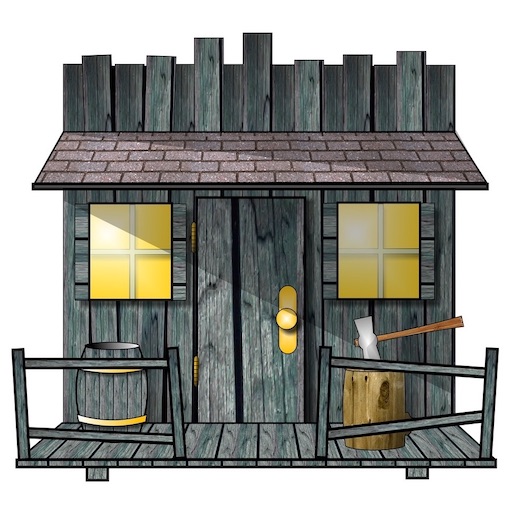Sometime 1482-83 the Portuguese navigator Diogo Cão became the first European to reach the kingdom of Kongo (Wikipedia: Kingdom of Kongo). The Portuguese had an active presence in the region until 1975.
Today the area covers three modern countries – the Democratic Republic of the Congo, Angola and the Congo Republic. At the time of Portuguese expansion several kingdoms already existed in the area (Wikipedia: Precolonial History of Angola) although these coalesced into the Kingdom of Kongo and the Colony of Angola.
| Kingdom | Location | Comment |
|---|---|---|
| Kongo | Mouth of the River Congo. | Through our period the Kingdom of Kongo fairly successfully resisted the Portuguese. However, Kingdom of Kongo was finally reduced to a small enclave in the north of Angola with king Pedro V in 1888 finally accepting to become a vassal of the Portuguese. The Portuguese abolished the kingdom after the revolt of the Kongolese in 1914. |
| Ndongo | In the interior of Angola east of Luanda, in the highlands between the Kwanza and Lukala Rivers. | Although Kongo claimed control of Ndongo as early as 1535 the latter was probably never under a firm Kongo administration. The Portuguese colony of Angola ultimately extinguished Ndongo as an independent nation. |
| Matamba | Fought on into the 18th Century. | |
| Kongo dia Nlaza | East of Kongo | |
| Nziko | East of Kongo | |
| Benguela | On the front range of the Bihe Plateau | |
| Songo | South of Ndongo |
Note: I assume Angola is based on the local word Ngola which was both a name and a title in Ndongo.
